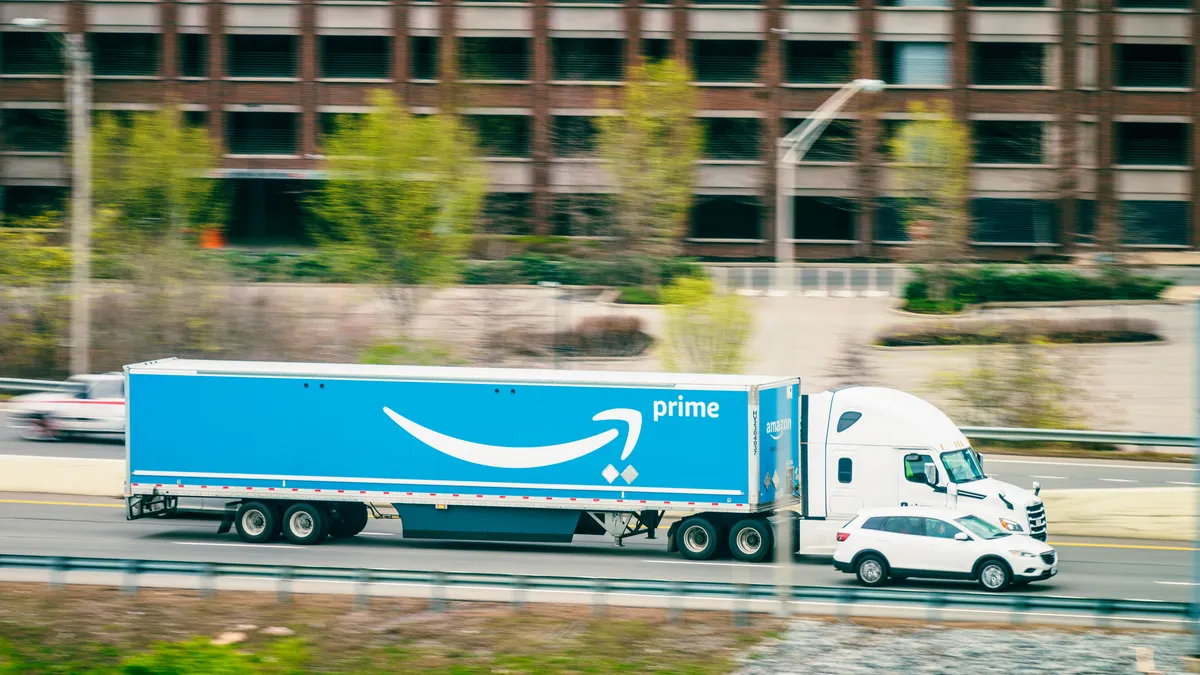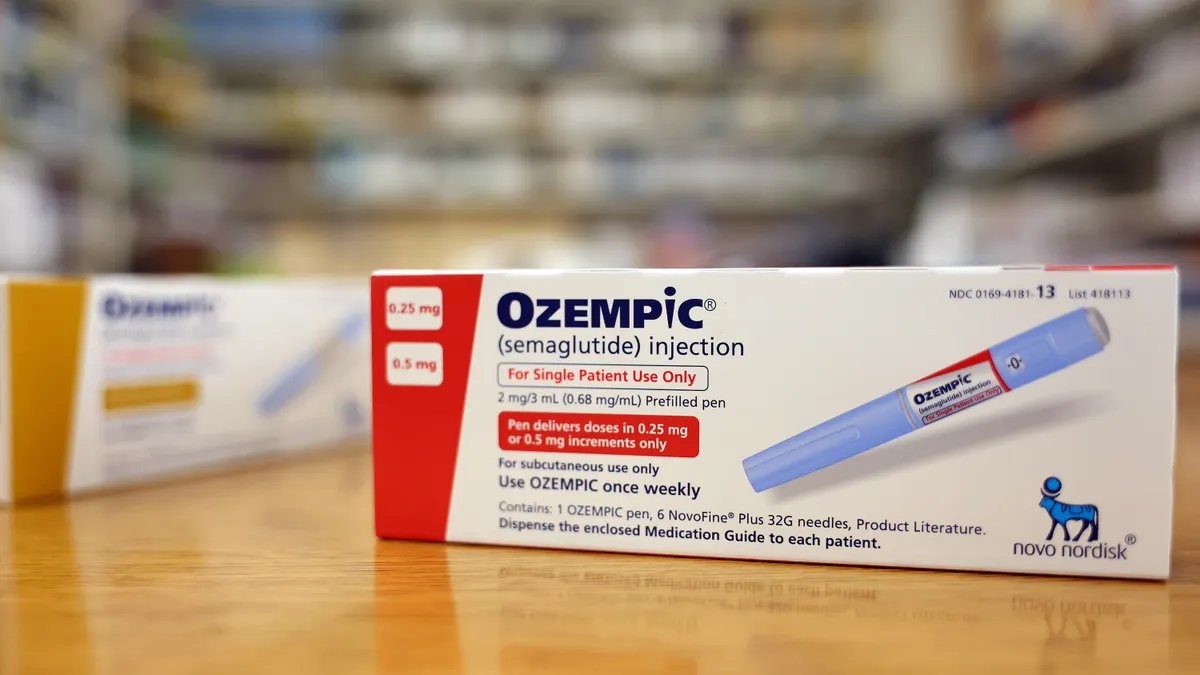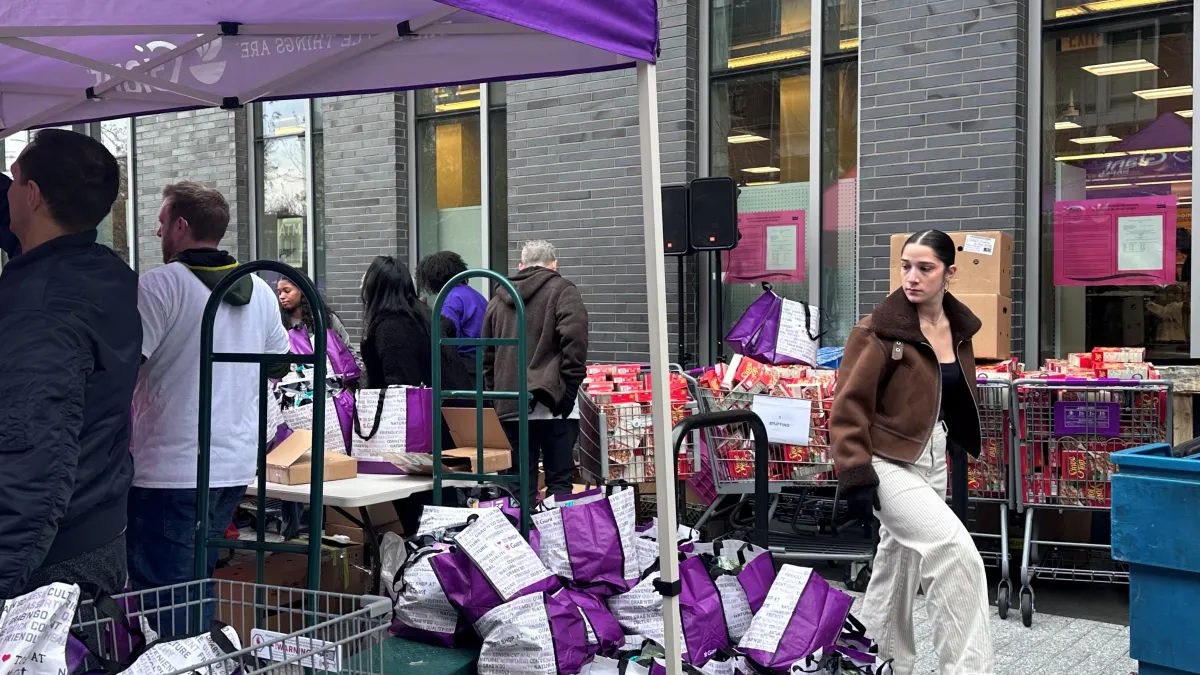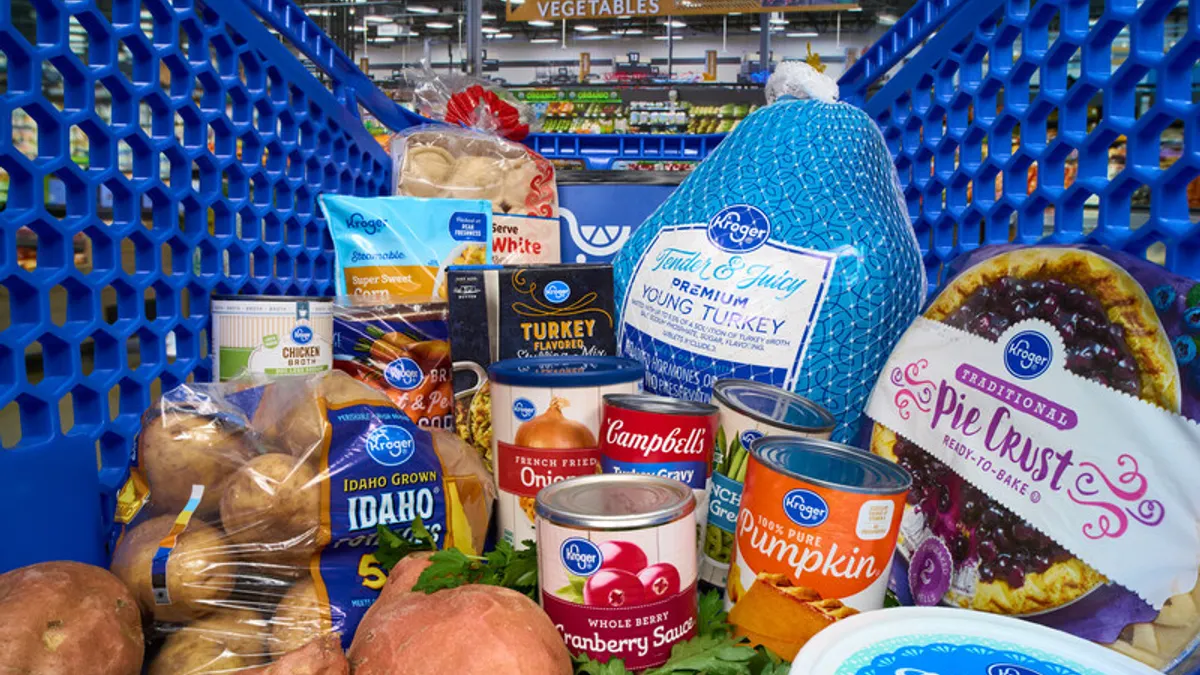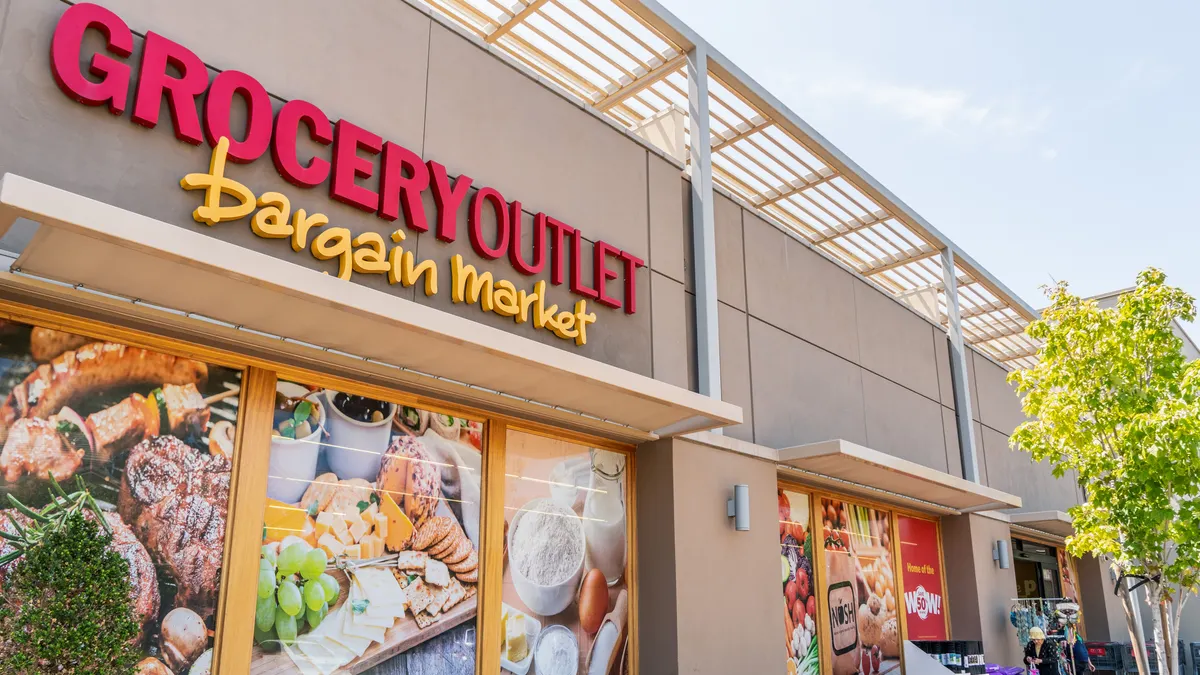Grocers are facing a bevy of incoming SNAP changes from the spending and tax bill President Donald Trump signed into law earlier this month and from a handful of states that recently received permission to make select items like candy and soda ineligible for SNAP spending.
The One Big Beautiful Bill Act that Trump signed includes $186 billion in SNAP cuts over 10 years, said Stephanie Johnson, group vice president of government relations and political affairs at the National Grocers Association. That cut is mainly tied to altered eligibility requirements that are projected to reduce the number of consumers who can use the food assistance program, Johnson said.
Some of the major changes to SNAP in the tax bill include:
- Expanding SNAP eligibility work requirements to include parents with children ages 14 and older and people under age 65 (up from 55).
- Limiting SNAP eligibility to U.S. citizens and lawful permanent residents and excluding certain immigrant groups like refugees and people seeking asylum.
- Eliminating the National Education and Obesity Prevention Grant program, known as SNAP-Ed.
- Requiring cost neutrality for the Thrifty Food Plan, which the USDA uses to determine SNAP benefit amounts.
- Requiring states starting in fiscal year 2027 to pay 75% of SNAP administration costs instead of splitting with the federal government.
- Requiring states starting in fiscal 2028 to pay for SNAP benefits depending on their “error rate.”
“The biggest change in SNAP is attempting to reduce the number of people who qualify,” said John Ross, CEO of the Independent Grocers Alliance, a global network of independently owned grocers.
Meanwhile, the USDA this year started granting waivers to states, allowing them to restrict certain products like candy and soda from SNAP eligibility. States have tried to request waivers through the USDA before, but the agency, on a bipartisan basis, had not approved them, Johnson said.
The USDA has so far granted waivers to six states, and several others — West Virginia, Colorado, Kansas, Louisiana and Texas — are seeking waivers. The SNAP waivers not only impact retailers and consumers in the states that receive them, but also neighboring states, sources said.
The flurry of changes comes as retailers look to retain and attract SNAP consumers, whose spending significantly impacts grocers’ bottom lines. SNAP consumers typically have a larger basket than non-SNAP shoppers and are “very loyal,” Albertsons President and CFO Sharon McCollam said during the company’s earnings call earlier this month.
Here’s what grocers need to know about the likely impacts on consumers and retailers from these latest developments.

Bracing for impact
As states implement the changes to participant eligibility in SNAP, grocers may start to see a decrease in SNAP sales over the next six months, Johnson said, noting that the reduction in SNAP participants will carry on for the decade-long period the bill covers and perhaps even longer.
The NGA estimates that cuts to SNAP eligibility will total $88 billion over the next 10 years as a result of a decrease in SNAP consumers, based on the association’s review of the Congressional Budget Office’s analysis of the tax legislation. The NGA forecasts that grocers could see a sales hit of 6.7% on average over the next six months as SNAP participants are removed from the program.
Work requirements are forecast to make the biggest dent in SNAP sales
The “wild card” facing grocers is how states’ error rates and the shifting costs of SNAP funding may affect grocers, Johnson said. States with error rates at or above 6% will be required to pay a portion of the benefit costs, ranging from 5% to 15%, depending on the error rate. Over the last 20 years, every state except South Dakota has had an error rate above 6% for at least one year, according to the Center on Budget and Policy Priorities.
“This is going to be hard to tell what the impact will be there,” Johnson said. “It will be dependent on the state's error rates, their budget and other variables.”
While states don’t have the authority to reduce the benefit amount that participants receive each month, they do have the flexibility to remove participants through policy changes, Johnson said. That is more likely to happen in states with higher error rates that have trouble squaring the costs of the SNAP program within their state budgets. Maryland is a state with an error rate “that is on the higher side,” said Cailey Locklair, president of the Maryland Retailers Alliance.
Some grocers will face harder hits from the SNAP changes than others. While SNAP accounts for roughly 12% of grocery sales in the U.S., it can account for less than 1% of sales at a higher-end grocer and more than 60% at a grocer serving low-income urban or rural areas, Johnson said.
“In some communities in Maryland where there are underserved populations, you're talking about major amounts of money that are theoretically being supplemented by these benefit programs [like SNAP],” Locklair said.
For stores where more than 30% of their shoppers receive SNAP, a major looming question is whether customers who become ineligible for SNAP with the new changes will be able to subsidize their food spending or will cut back on their spending, said Ross.
“When you take one of those stores in rural Georgia, for example, where they're the only grocery store for 60 miles, [when] that store fails, there's nothing left except the convenience store,” Ross said. “And what happens in a community where you do not have a grocery store that sells fresh meat and fresh produce is the incidence of heart disease, hypertension, obesity, childhood obesity — they all go way above the norm.”
SNAP has a “dramatic impact” on the economy, Johnson said. The program supports about 388,000 jobs throughout the food industry and contributes about $20 billion in wages and roughly $4 billion in state and federal taxes, according to an economic analysis earlier this year by NGA.
“Money from the SNAP customers is going into the workers in the store, which are going and then spending that money moving forward, and so it's a really cyclical economic system,” Johnson said, noting this is especially vital in lower-income communities.
Meanwhile, grocers in states that have received SNAP waivers to restrict the eligibility of certain items, as well as retailers in neighboring states, are waiting to see if the waivers will change how and where SNAP consumers shop, sources said.
“There are a lot of concerns about folks moving across state lines [to shop], especially if you're in a city like Kansas City, where the city is basically on the border and you can just go across the river to get your groceries,” Johnson said.
Several states are looking to restrict certain items from SNAP eligibility
In Indiana, one of the states with a waiver, “it's an hour's drive to the border from anywhere in the state,” which could incentivize consumers to drive to neighboring states to do their grocery shopping, said Joseph Lackey, president of the Indiana Grocery & Convenience Store Association. If that happens, retailers would feel pressured to operate in states that don’t have the restrictions, Lackey said.
A nationally set standard on which items to exclude from SNAP could resolve that issue, Lackey added.
“[Standardized exclusions] would also make it a lot easier instead of people being mad at Indiana and going to Illinois to buy their stuff,” Lackey said.
Johnson said that research is “split” on whether consumer behavior could change, but noted that grocers are concerned about widespread sales loss.
“Our members near state lines won't just be losing SNAP dollars. They'll also be losing the dollars that often come with SNAP dollars, like when someone purchases toilet paper or other types of things that aren't covered by SNAP,” Johnson said.
Grocers in states that have received waivers are also worried that implementing the changes will be “a large administrative burden” when it comes to the definitions of the restricted items, Johnson said.
State-by-state breakdown of SNAP waivers
Current nationwide SNAP restrictions apply to entire categories, such as tobacco and alcohol, rather than individual products, Ross said. Making changes on the category level is much easier in point-of-sales systems than making them for individual items, which is what the state waivers allow, Ross noted.
If states want to exclude empty calories from SNAP, they may have to make tricky item-by-item decisions for what qualifies, Ross said.
“Okay, Little Debbie cakes are out. What about Kind bars? What about a Nature Valley bar — [which still has] a lot of sugar in it. Is it going to qualify or not?” Ross said. “So now all of a sudden, you're having to make judgments at this SKU level about what qualifies or not.”
Grocers may need to consider how to train workers on explaining the SNAP changes to consumers who are confused when their SNAP funds no longer cover certain items.
“Our associates are going to be the ones that are going to have to explain [to customers about the newly ineligible items], and they're also going to be the ones that are going to take the abuse from the customers who say, ‘What do you mean I can't buy soft drinks? What do you mean I can't buy candy?’” Lackey said.
Employee training coupled with the cost of reprogramming the point-of-sale systems poses “a tremendous cost to the retailers,” Lackey said.
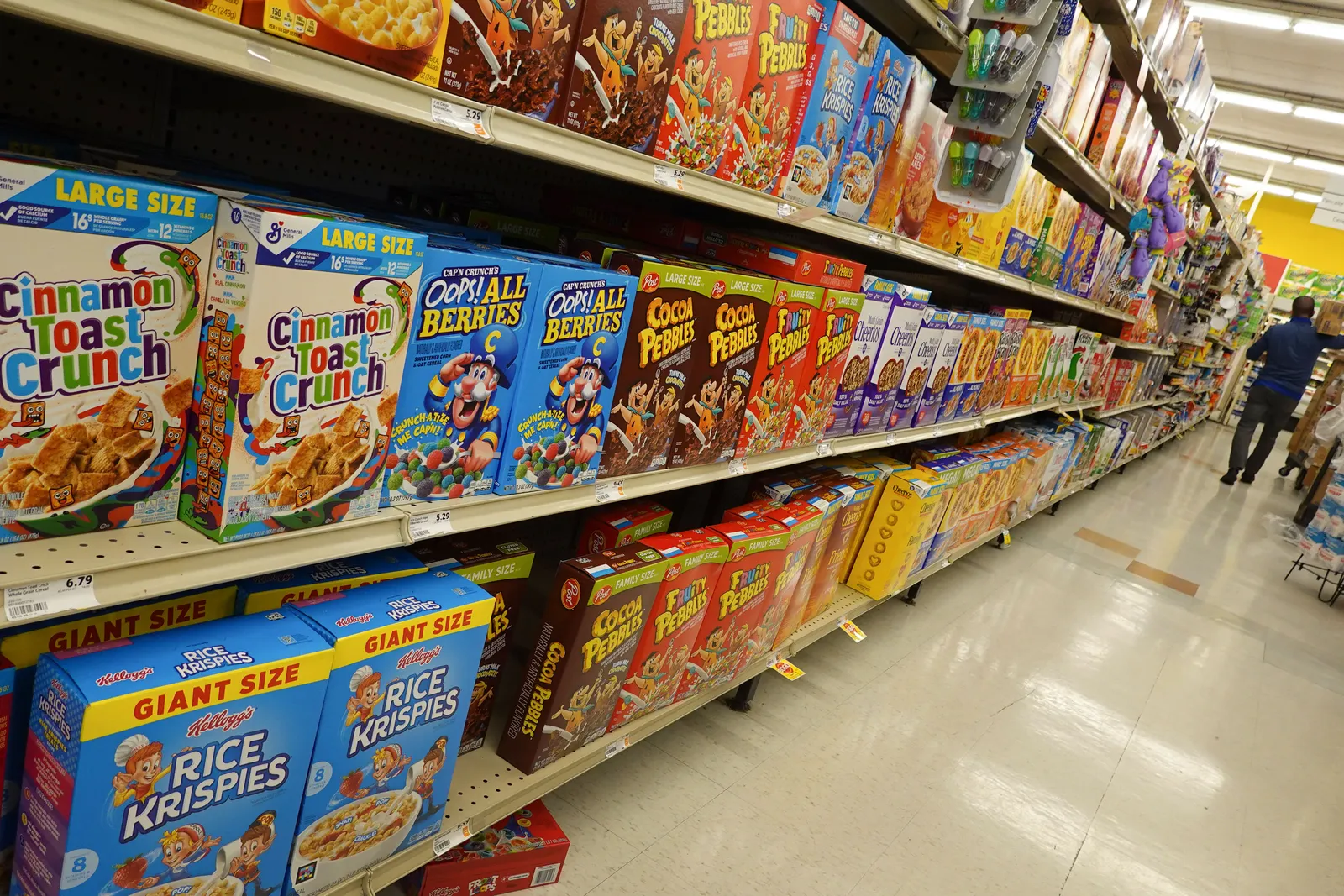
Catering to SNAP consumers
With the flurry of changes, grocers still have opportunities to stand out to SNAP consumers and retain their spending, sources said.
Johnson noted that NGA members love Double Up Food Bucks, which gives a dollar-for-dollar match for shoppers’ SNAP spending on produce, finding that it helps with customer retention and provides shoppers the opportunity to expand their SNAP dollars. The Healthy Fluid Milk Incentives projects, which test initiatives that incentivize SNAP consumers to buy more milk, have also “grown quite a bit” in recent years, and some NGA members are also participating in medically tailored produce prescriptions, Johnson added.
The cut to SNAP-Ed, which helped educate consumers about SNAP and how to make healthier food choices, poses an opportunity for retailers to fill that education gap, Ross said. Grocers can highlight full-calorie and reduced-calorie options and show consumers the health and budget advantages of at-home cooking, Ross suggested.
Grocers can tell consumers that “if you take the same meal from a Chipotle or from an Olive Garden, and you cook the same ingredients in your house, it's a third the price per serving and it's half the sodium and half the calories,” Ross said.
Ross said retailers should work with suppliers and brands to provide incremental promotions targeted at low-income consumers, which could help boost loyalty among those shoppers.
Since the changes in SNAP participation eligibility will force some retired Americans back into the workforce in order to stay on the food assistance program, Ross suggested that grocers can advertise themselves as viable places for them to work.
“Grocery stores are a great place to employ retirees that want a part-time job. … That could be a real opportunity for us to bring a very stable and predictable and great customer service demographic back into retail that we lost during COVID,” Ross said.
Independents, Ross suggested, can position hiring as “Let's protect your SNAP benefits and we'll give you a 20-hour week job dealing with people having fun talking about food.”



